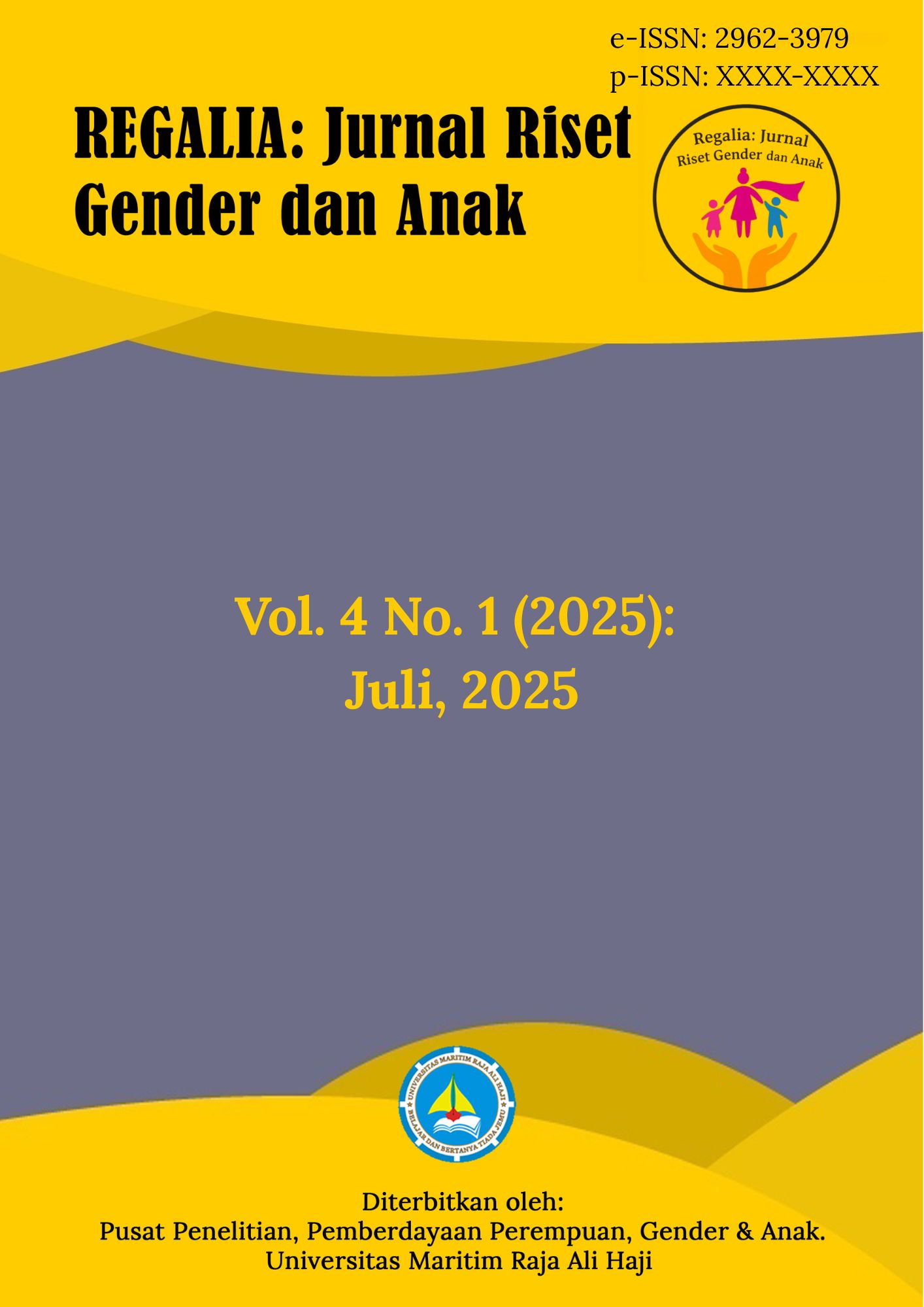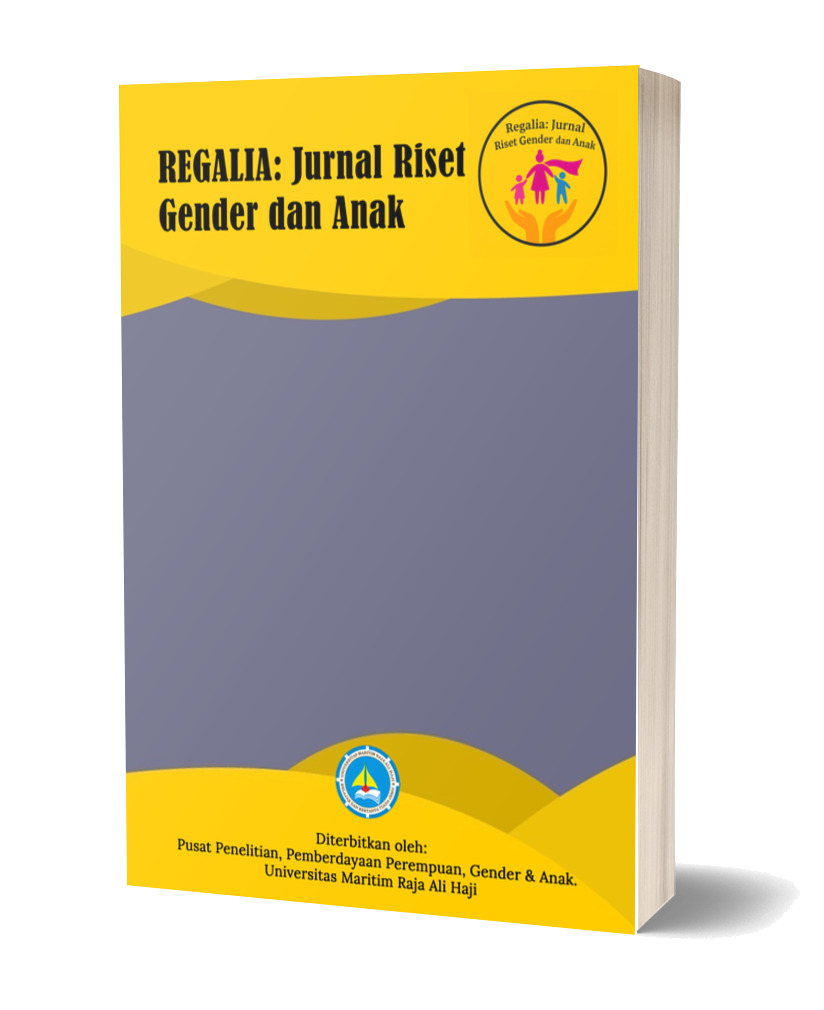Hijaber Vapers di Kota Syariat: Identitas, Stigma, dan Simbol Sosial
DOI:
https://doi.org/10.31629/jga.v3i2.7126Keywords:
Hijab Vapers, Symbolic Interactionism, Banda AcehAbstract
Penelitian ini bertujuan untuk menganalisis representasi diri perempuan berhijab pengguna vape (hijaber vapers) di Kota Banda Aceh dalam konteks sosial yang sarat nilai religius dan norma patriarkal. Fenomena ini menarik karena memperlihatkan ketegangan simbolik antara citra religius yang melekat pada hijab dan gaya hidup modern yang diasosiasikan dengan penggunaan vape. Penelitian menggunakan pendekatan kualitatif dengan metode studi kasus dan teori interaksi simbolik dari George Herbert Mead sebagai kerangka analisis. Data dikumpulkan melalui wawancara mendalam, observasi, dan dokumentasi terhadap perempuan berhijab berusia 18–25 tahun yang aktif menggunakan vape. Hasil penelitian menunjukkan bahwa hijaber vapers memaknai vaping sebagai ekspresi kebebasan, pencitraan diri, dan bentuk resistensi simbolik terhadap ekspektasi sosial. Meskipun menghadapi stigma dan tekanan sosial, mereka menegosiasikan identitasnya melalui pemisahan makna antara religiusitas dan gaya hidup personal. Penelitian ini menyimpulkan bahwa representasi diri hijaber vapers dibentuk dalam ruang tarik-menarik antara agensi individu dan kontrol sosial, sekaligus membuka ruang baru bagi redefinisi identitas perempuan dalam masyarakat religius.
Downloads
References
Blumer, H. (1969). Symbolic Interactionism: Perspective and Method. Englewood Cliffs, NJ: Prentice-Hall.
Bramantyo, B. D., & Wulandari, C. (2020). Pemahaman Makna Hijab Vapers Dalam Menggunakan Vape. WACANA: Jurnal Ilmiah Ilmu Komunikasi, 19(2).
Creswell, J. W., & Poth, C. N. (2018). Qualitative inquiry and research design: Choosing among five approaches. Sage Publishing.
Halking, R., Murdiana, S., Nurdin, M. N. H. (2022). Representasi diri Perempuan Perokok. Jurnal Psikologi Talenta Mahasiswa, 3(2).
Hastan, A. A., & Azeharie, S. S. (2019). Vaping Sebagai Bagian Dari Budaya Populer (Studi Gaya Hidup pada Perempuan Berhijab Pengguna Vape di Komunitas @hijabvapersindonesia). Koneksi, 2(2), 226. https://doi.org/10.24912/kn.v2i2.3889
Martiany, D. (2016). Control the Number of Smokers to Protect Women’s Health. Badan Keahlian DPR RI, VIII(16), 9.
Martini, S. (2014). Makna Merokok pada Remaja Putri Perokok. Jurnal Psikologi Pendidikan Dan Perkembangan, 3(2).
Miles, M. B., & Huberman, A. M. (2012). Analisis Data Kualitatif: Buku Sumber Tentang Metode-Metode Baru. In Qualitative data analysis. Sage Publications.
Moleong, L. J. (2019). Metodologi penelitian kualitatif edisi revisi. In PT. Remaja Rosda Karya.
Mutiara, P. (2021). Remaja Merokok Ancaman Bagi Masa Depan Bangsa. https://www.kemenkopmk.go.id/remaja-merokok-ancaman-bagi-masa-depan-bangsa
Norman K. Denzin, Y. S. L. (2009). Handbook of Qualitative Research, Edisi Bahasa Indonesia. Pustaka Pelajar.
Putra., A. T. (2014). Konstruksi Sosial Kebiasaan Merokok di Kalangan Wanita Berjilbab. https://doi.org/10.1007/978-94-007-0753-5_2337
Ridwan, P. R. (2023). Membongkar Karakteristik Vapers Indonesia dan Alasannya. https://goodstats.id/article/membongkar-karakteristik-vapers-indonesia-dan-alasannya-iy0q7
Ritzer, G. (2005). Teori sosiologi modern (6th ed.). Prenada Media.
Ritzer, G. (2021). Sosiologi Ilmu Pengetahuan Berparadigma Ganda. Rajawali Press.
Rohman, J. & Baidun, A. (2013). Pengaruh Representasi diri (Self Image) Dan Konformitas Terhadap Perilaku Compulsive Buying Pada Remaja. Journal of Psychology, 1(2).
Sugiyono. (2017). Metode Penelitian Kuantitatif dan Kualitatif. alfabeta.
Wirawan, I. B. (2012). Teori-teori Sosial dalam Tiga Paradigma: fakta sosial, definisi sosial, dan perilaku sosial. PRENAMEDIA GROUP.
Downloads
Published
Issue
Section
License
Copyright (c) 2025 Fadlan Barakah, Zacky Almunawar, Cut Lusi Chairun Nisak, Firdaus Mirza Nusuary, Dara Fatia

This work is licensed under a Creative Commons Attribution-ShareAlike 4.0 International License.
Anda bebas untuk:
- Berbagi — menyalin dan mendistribusikan ulang materi dalam media atau format apa pun untuk tujuan apa pun, bahkan secara komersial.
- Mengadaptasi — mencampur, mengubah, dan membuat materi untuk tujuan apa pun, bahkan secara komersial.
- Pemberi lisensi tidak dapat mencabut kebebasan ini selama Anda mengikuti ketentuan lisensi.
Berdasarkan ketentuan berikut:
- Atribusi — Anda harus memberikan penghargaan yang sesuai, menyediakan tautan ke lisensi, dan menunjukkan jika ada perubahan yang dilakukan. Anda dapat melakukannya dengan cara yang wajar, tetapi tidak dengan cara yang menunjukkan bahwa pemberi lisensi mendukung Anda atau penggunaan Anda.
- BerbagiSerupa — Jika Anda mencampur, mengubah, atau membuat materi, Anda harus mendistribusikan kontribusi Anda di bawah lisensi yang sama dengan aslinya.
- Tidak ada batasan tambahan — Anda tidak boleh menerapkan ketentuan hukum atau tindakan teknologi yang secara hukum membatasi orang lain untuk melakukan apa pun yang diizinkan oleh lisensi.











